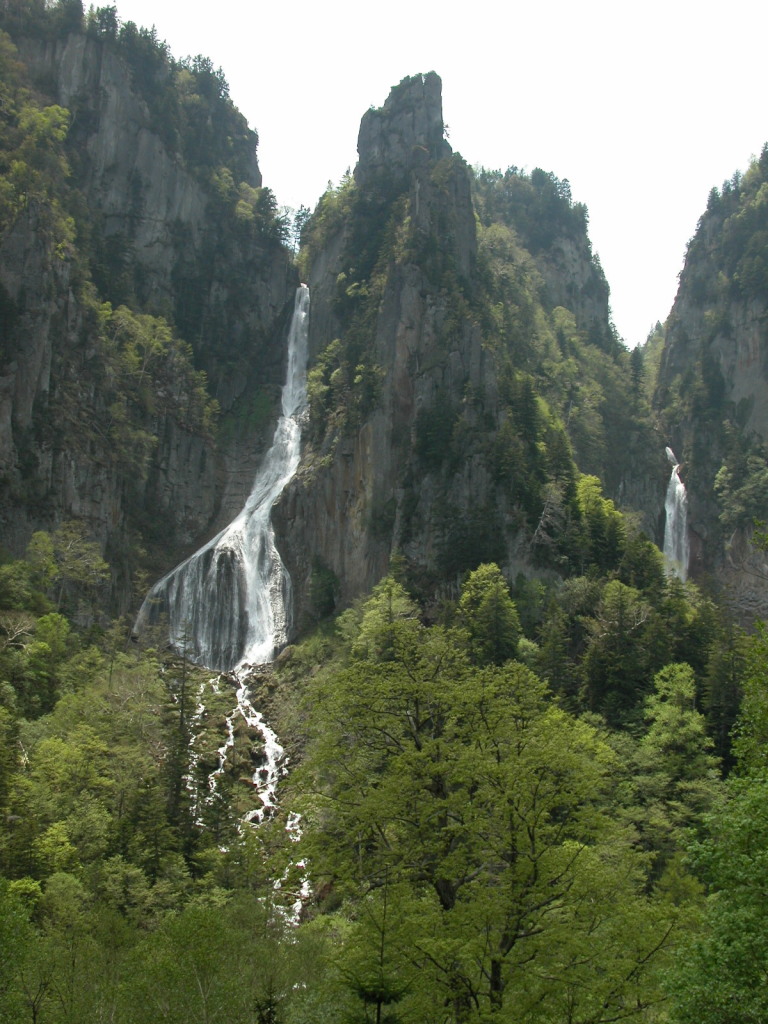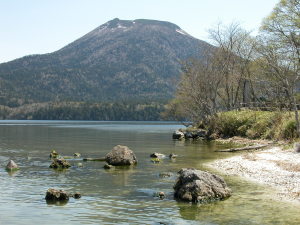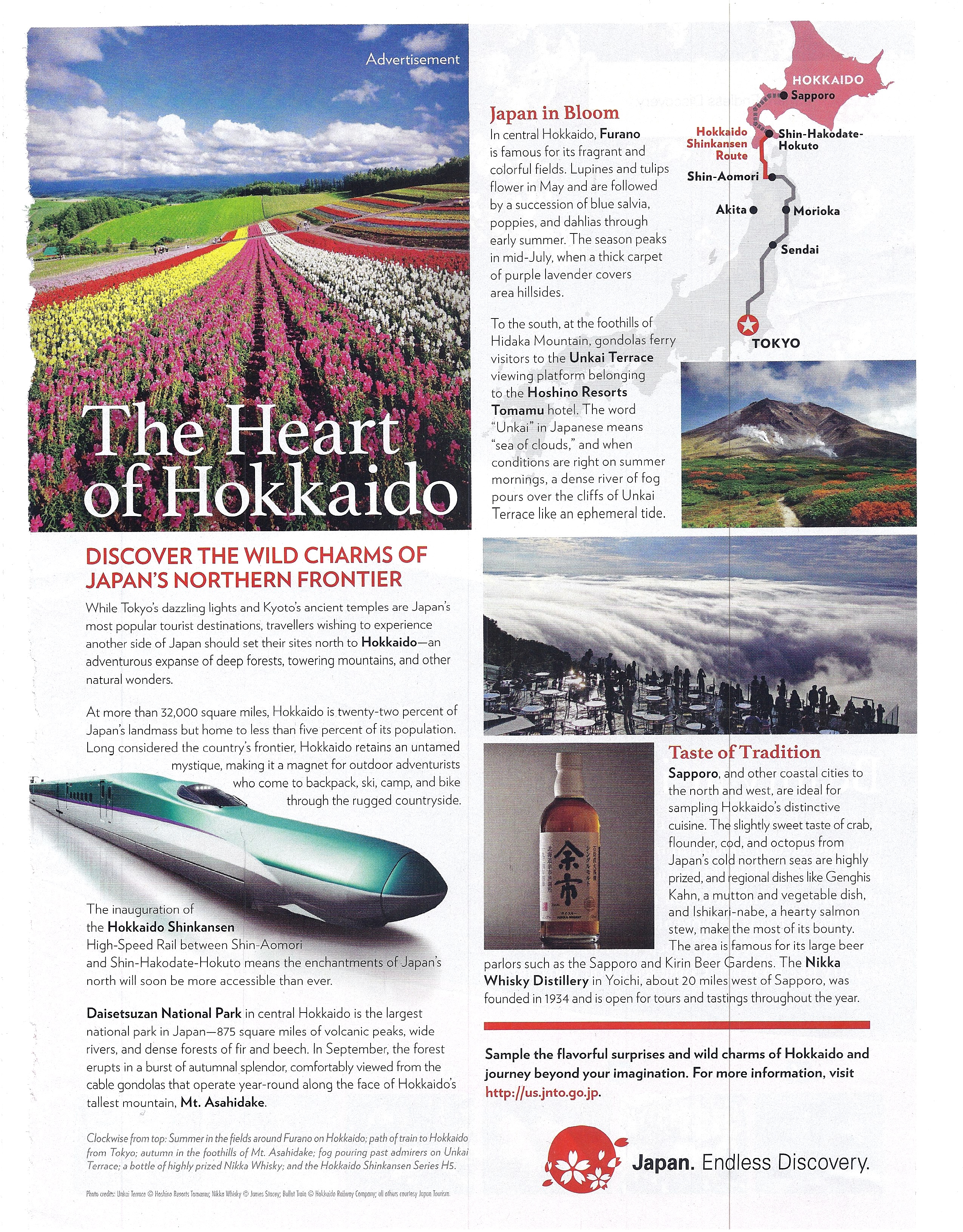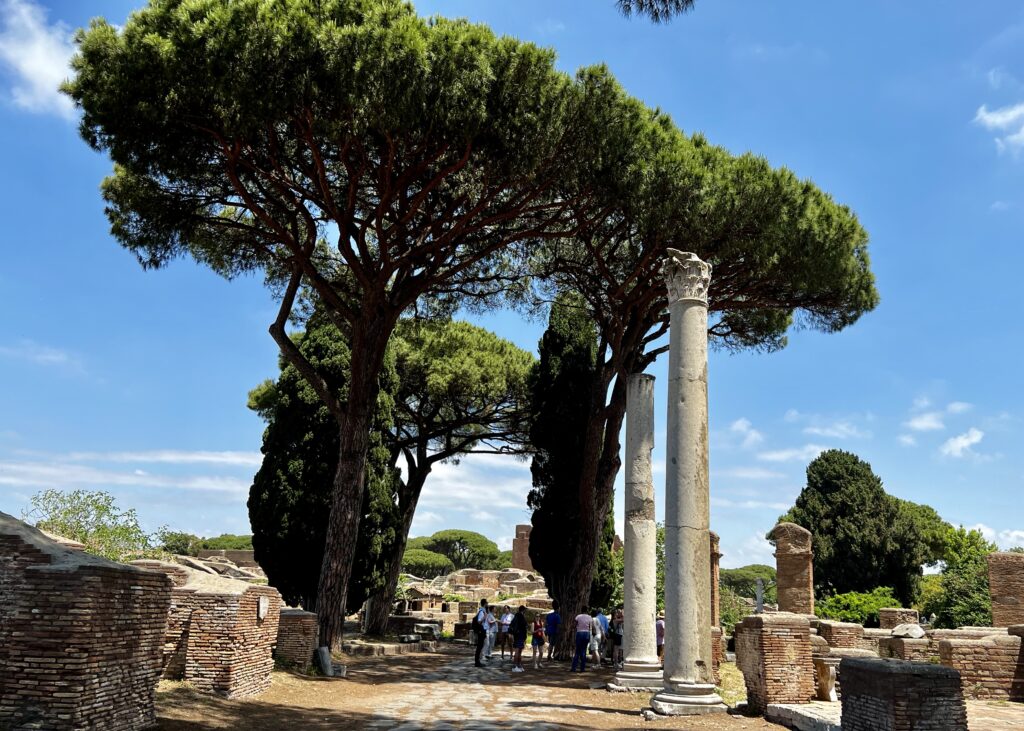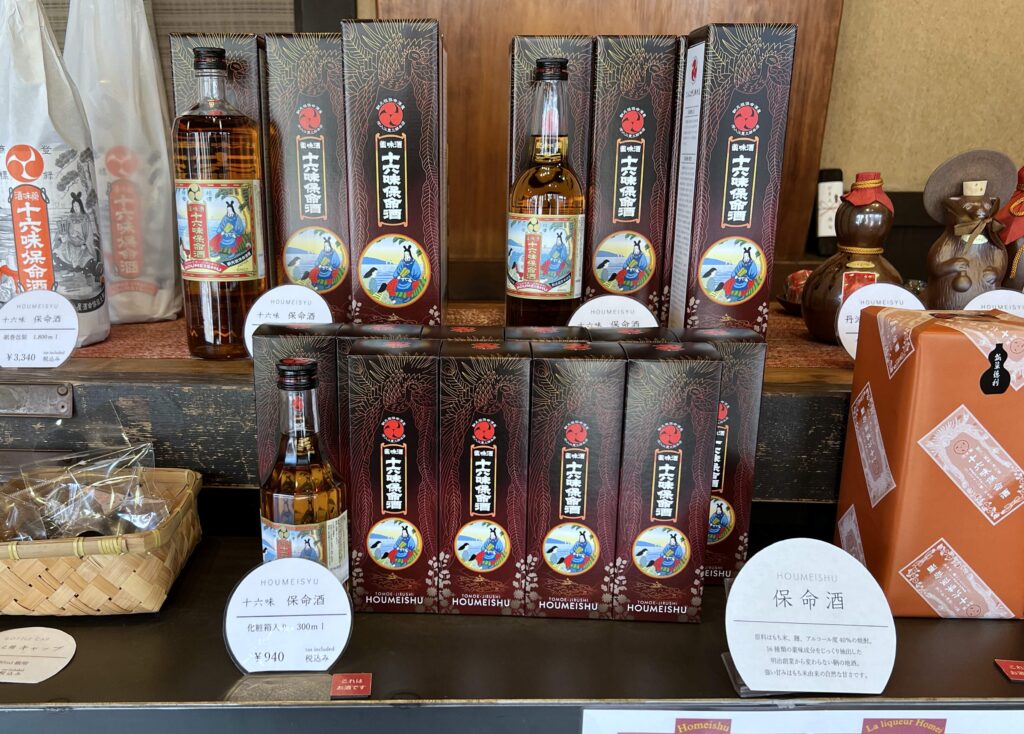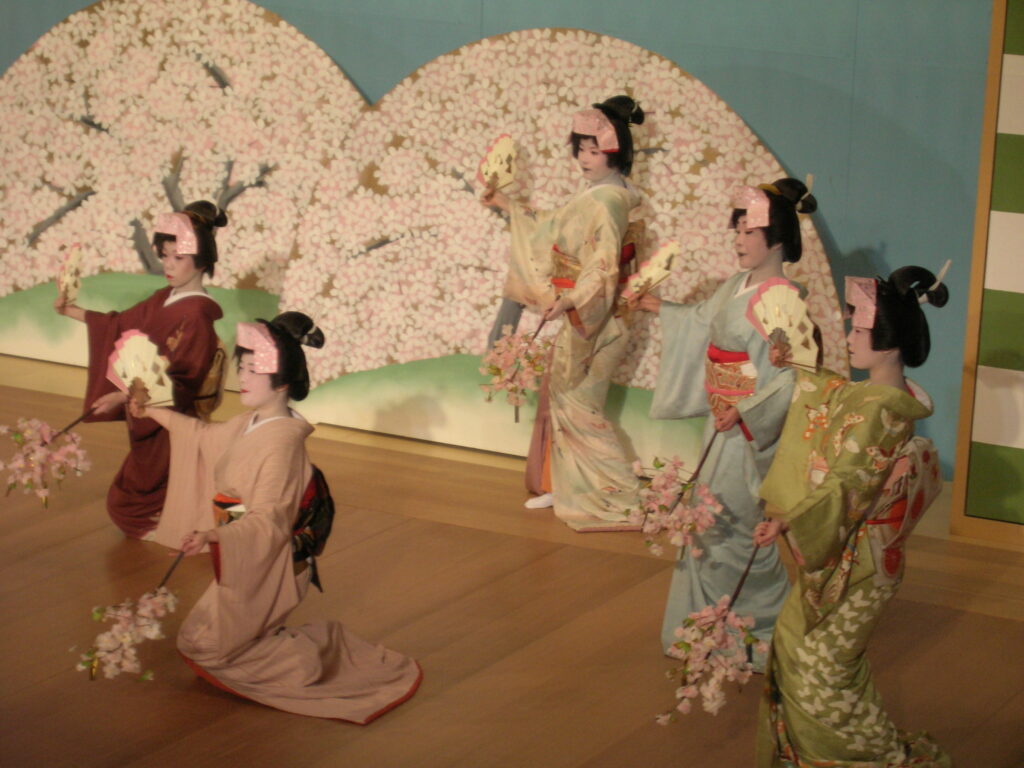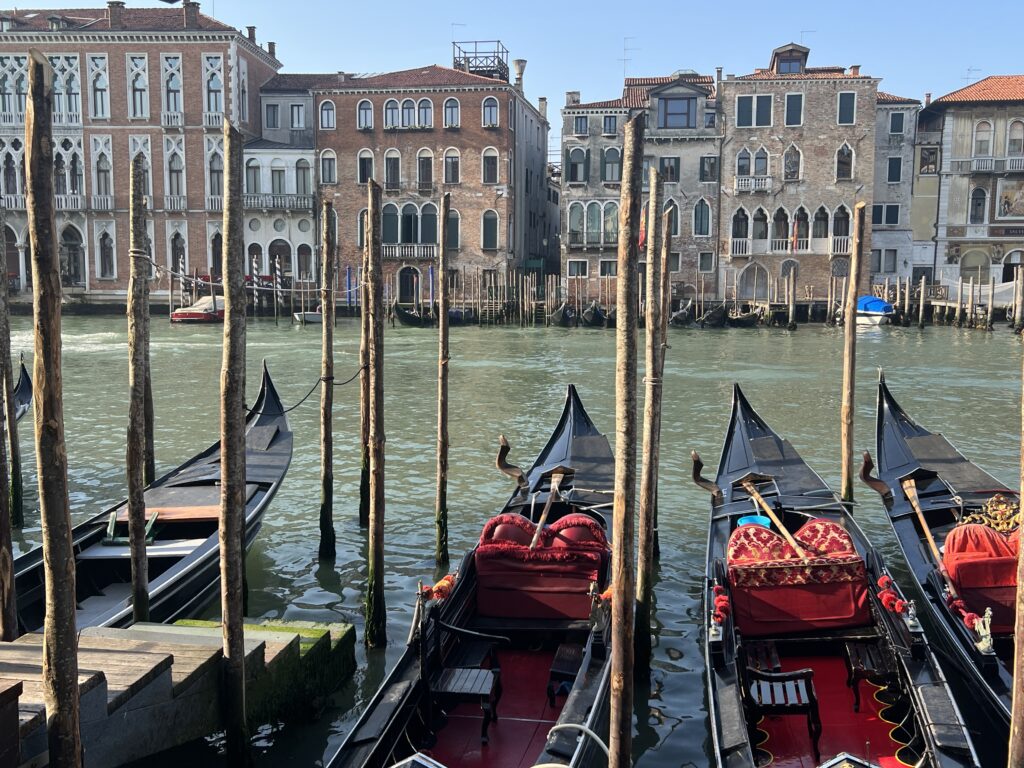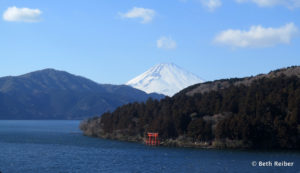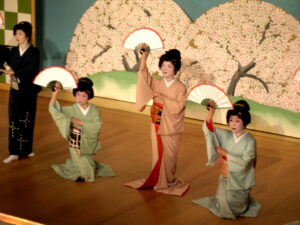Hokkaido is Japan’s second-largest island and takes up about 22% of the country’s landmass. Yet it has less than 5% of its population. That’s why Japanese consider Hokkaido Japan’s last frontier, having been settled by Japanese only after 1868. It did, however, have an indigenous people called Ainu, who, like American Indians, were discriminated against and then forced to assimilate.
In other words, Hokkaido is Japan’s last frontier because it has what the rest of Japan doesn’t have: space. With its dairy farms, expansive fields planted with corn and potatoes, crystal-clear lakes and majestic mountain ranges preserved in national parks, Hokkaido is the place to get away from it all. After all, from what I’ve experienced, foreigners flock to Kyoto and other cultural hotspots in Honshu, while Japanese tend to stick to the tried and true, whether it’s a popular hiking trail or a famous scenic mountain top. For that reason, getting off the beaten trail is easy in Japan, and I’ve had some wonderful day hikes all over the country without ever meeting another soul, but nowhere is that easier than in Hokkaido.
This ad I wrote, appearing in the August 10/17 2015 edition of the New Yorker, extols some of Hokkaido’s virtues, though it doesn’t cover nearly enough. For that, you’ll just have to buy a guide book (like my Frommer’s Japan) or go to the Japan National Tourist Organization website.
